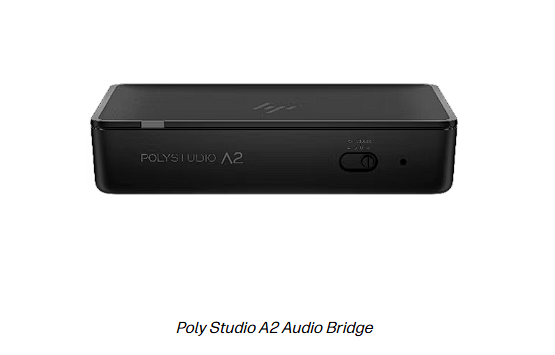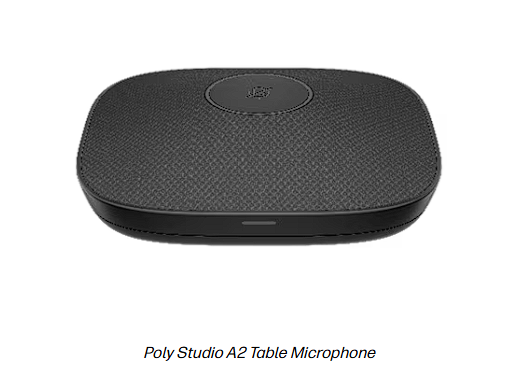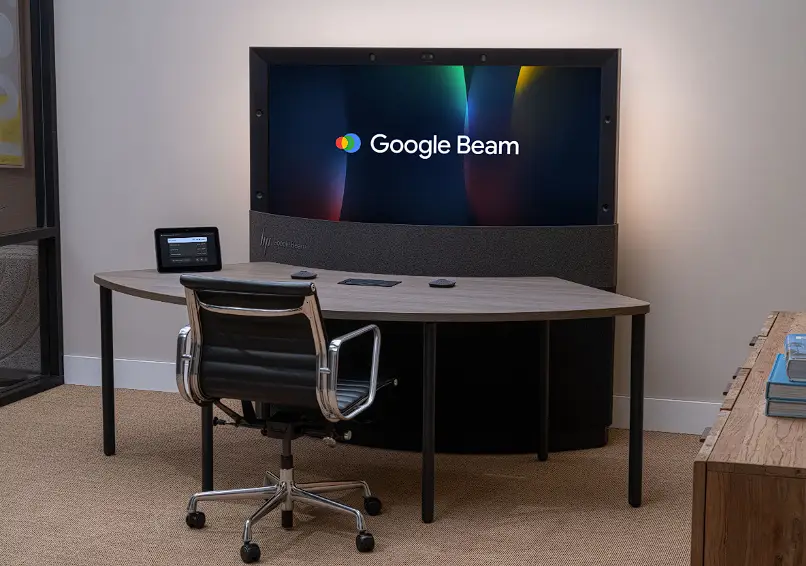Let me start with a confession: I’ve been to more tech expos than I can count. Most of them blur together—flashy booths, buzzwords, and yet another demo of a video call on steroids. But HP Dimension and Google Beam? This one was different. It felt like a befoHPDimensionre-and-after moment. And at the very heart of it were two names that kept popping up like caffeine in conference coffee: HP Dimension and Google Beam.
Now, I’ve sat through my share of overhyped launches. But when I saw HP Dimension and Google Beam in action, I knew I wasn’t watching just another gimmick. I was witnessing a paradigm shift—a true leap in how humans will work, create, and connect virtually.
Table of Contents
Why HP Dimension and Google Beam Deserve the Hype
Here’s what you need to know upfront: HP Dimension and Google Beam are not just VR tools or video conferencing platforms. They are immersive collaboration environments that don’t just replicate real-world interaction—they enhance it. This isn’t about showing up to a Zoom call. It’s about showing up in a shared virtual space that actually feels real.
At InfoComm 2025, where groundbreaking announcements are the norm, these two stole the show. Not just because they looked cool (spoiler: they did), but because they actually solved problems we’ve all been wrestling with for years:
- Remote collaboration that feels distant and disconnected
- Fatigue from flat, 2D virtual meetings
- Creative processes that lose momentum over screens
HP and Google said, “Enough.” And then they did something about it.
Inside HP Dimension: The Virtual Workspace You Can Walk Through
I demoed HP Dimension using the new HP Reverb G4 headset. From the second I logged in, it was like entering a creative sandbox. 3D project boards, avatars with facial expressions, a toolkit that let me grab, move, and build objects like I was in a physical office—it was immersive in the best sense of the word.
What Makes HP Dimension Stand Out:
- Gesture-driven interface
- Real-time document collaboration in 3D space
- Spatial audio that replicates in-person conversation dynamics
- Deep integration with HP Z-series hardware
In one 15-minute demo, I brainstormed with three other attendees from different countries. We mapped ideas on a floating Kanban board, layered visuals, and even took a virtual coffee break—all without switching apps.
The Magic of Google Beam: Presence Without Boundaries
Google Beam isn’t just telepresence. It’s holo-presence. Think full-size holographic avatars beamed into a space, reacting in real time. Not pre-recorded. Not cartoonish. Real.
I stood in a room and saw a Google rep from Tokyo beam into the booth in Las Vegas. He waved. I waved. We talked. I could see his expressions, his body language. It didn’t feel like sci-fi. It felt… natural.
Google Beam’s Key Innovations:
- 3D presence projection using AI-driven camera arrays
- Emotion-sensitive rendering
- Real-time syncing with Google Workspace and Meet
- Seamless transition between Beam and standard video modes
This tech made everything else at InfoComm 2025 look flat—literally.
Top 5 InfoComm 2025 Tech Announcements (Besides the Obvious)
I couldn’t leave without shouting out other hits from InfoComm 2025:
- Sony’s See-Through OLEDs
- Zoom Rooms 3.0 with Sentiment Scoring
- Logitech Gesture Boards
- Lenovo AI Meeting Moderators
- Meta’s Workplace Avatars with Emotion Sync
Still, none of them had the same buzz as HP Dimension and Google Beam.
The Verdict: This Is the New Normal
Let me be real—I didn’t think I’d be this excited about workplace tech again. But HP Dimension and Google Beam didn’t just promise change; they delivered it. I left InfoComm with a dozen brochures, a sore neck from turning my head in VR, and one overwhelming feeling:
This is the future of collaboration.
If you care about connection, creativity, or simply making remote work more human—get ready. Because what we saw at InfoComm 2025 wasn’t just a showcase.
It was a signal.
Related Resources:
Poly Studio A2 Table Microphone: Small But Seriously Mighty

Let me tell you—I didn’t expect to get excited over a table microphone. But the Poly Studio A2 Table Microphone caught me off guard in the best way. I tried it during a hybrid brainstorming session, and wow… it didn’t just pick up voices—it captured the energy in the room. Crystal-clear. No lag. No weird echo.
With its 360-degree voice pickup, it’s like having a tiny audio engineer in the middle of the table. Even the quiet folks at the far end of the room came through loud and clear. That’s a big deal in remote meetings where poor audio can tank productivity faster than a weak Wi-Fi signal.
Whether you’re running a large boardroom setup or a cozy creative space, this mic adapts. It’s sleek, unintrusive, and it plays nice with all the other Poly gear. Basically, if your team values being heard (and who doesn’t?), this mic delivers.
Poly Studio A2 Audio Bridge: Seamless, Stress-Free Sound Integration

Here’s the thing about modern meeting spaces—they’re a jungle of cables, devices, and platforms. That’s where the Poly Studio A2 Audio Bridge comes in. It’s like the universal translator for all your audio tech.
I used it to connect legacy audio systems to our newer collaboration tools, and it was painless. One USB-C, a couple of toggles, and boom—everything talked to each other. You can integrate the Poly Table Mic, soundbars, ceiling arrays, and even third-party AV hardware without pulling your hair out.
The real win? It reduces latency and echo when bridging platforms like Zoom, Microsoft Teams, and Google Meet. So if you’re mixing hardware or trying to future-proof your conference setup, the Poly Studio A2 Audio Bridge is your new best friend.
Frequently Asked QuestionS
1. What are HP Dimension and Google Beam?
HP Dimension and Google Beam are next-gen virtual collaboration platforms unveiled at InfoComm 2025. HP Dimension creates a 3D immersive workspace experience using VR, while Google Beam offers real-time holographic telepresence for remote teams. Together, they are redefining the future of virtual work.
2. How do HP Dimension and Google Beam improve virtual meetings?
Unlike traditional video calls, HP Dimension and Google Beam allow users to interact in shared 3D spaces and even beam full-sized holograms into physical rooms. This dramatically improves engagement, body language recognition, and team collaboration.
3. Were HP Dimension and Google Beam the top InfoComm 2025 tech announcements?
Yes, among all InfoComm 2025 tech announcements, these two platforms stood out for their innovation and practical use cases. Industry pros widely hailed them as the new benchmark for remote collaboration.
4. Do HP Dimension and Google Beam work together?
Yes. While they are distinct platforms, HP and Google have hinted at future interoperability, allowing users to move seamlessly between HP Dimension’s VR workspace and Google Beam’s holo-conferencing environment.
5. What equipment do I need to use HP Dimension?
You’ll need a compatible VR headset (like the HP Reverb G4), a capable PC with HP’s Z-series specs, and access to the HP Dimension platform. Optional tools like gesture controllers enhance the experience.
6. Can Google Beam be used with Google Meet or Workspace?
Absolutely! Google Beam integrates smoothly with Google Workspace apps like Docs, Sheets, and Meet—letting you beam in while co-working live in documents or presenting holographically in meetings.
7. Is HP Dimension suitable for remote teams and hybrid offices?
Yes, it’s built specifically for that. With spatial audio, real-time 3D collaboration tools, and avatar interaction, HP Dimension bridges the gap between remote workers and in-office teams like never before.
8. Where can I try HP Dimension and Google Beam?
You can visit the HP website and the Google Beam preview site for demo access. They were also featured prominently during InfoComm 2025 tech announcements.
9. What industries can benefit most from HP Dimension and Google Beam?
- Education: Virtual classrooms with 3D interaction
- Design/Architecture: Model reviews in immersive space
- Healthcare: Holographic patient consultations
- Enterprise teams: Brainstorming, planning, and presentations
- Remote agencies: Global project collaboration
10. Are HP Dimension and Google Beam available now?
As of InfoComm 2025, both platforms are in early access or beta. Full rollouts are expected by late 2025. You can sign up for updates on their official sites.
